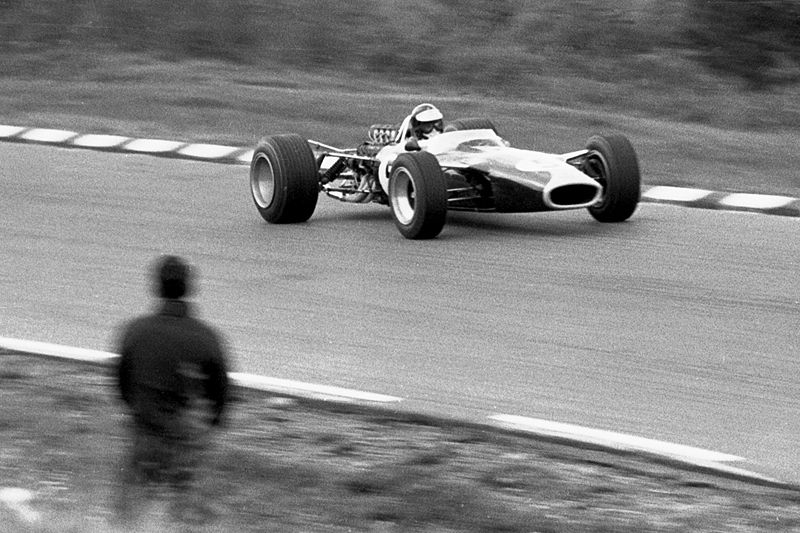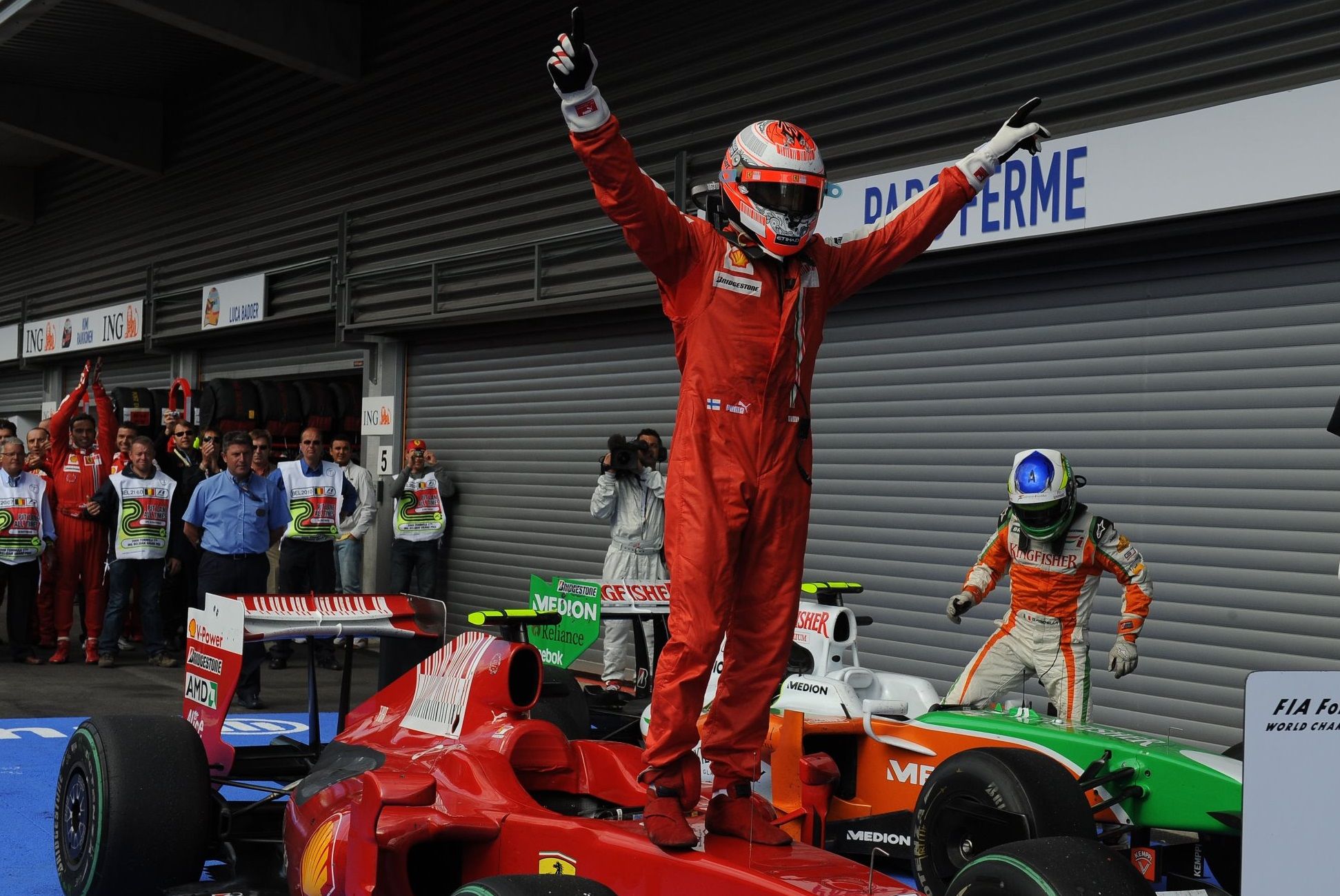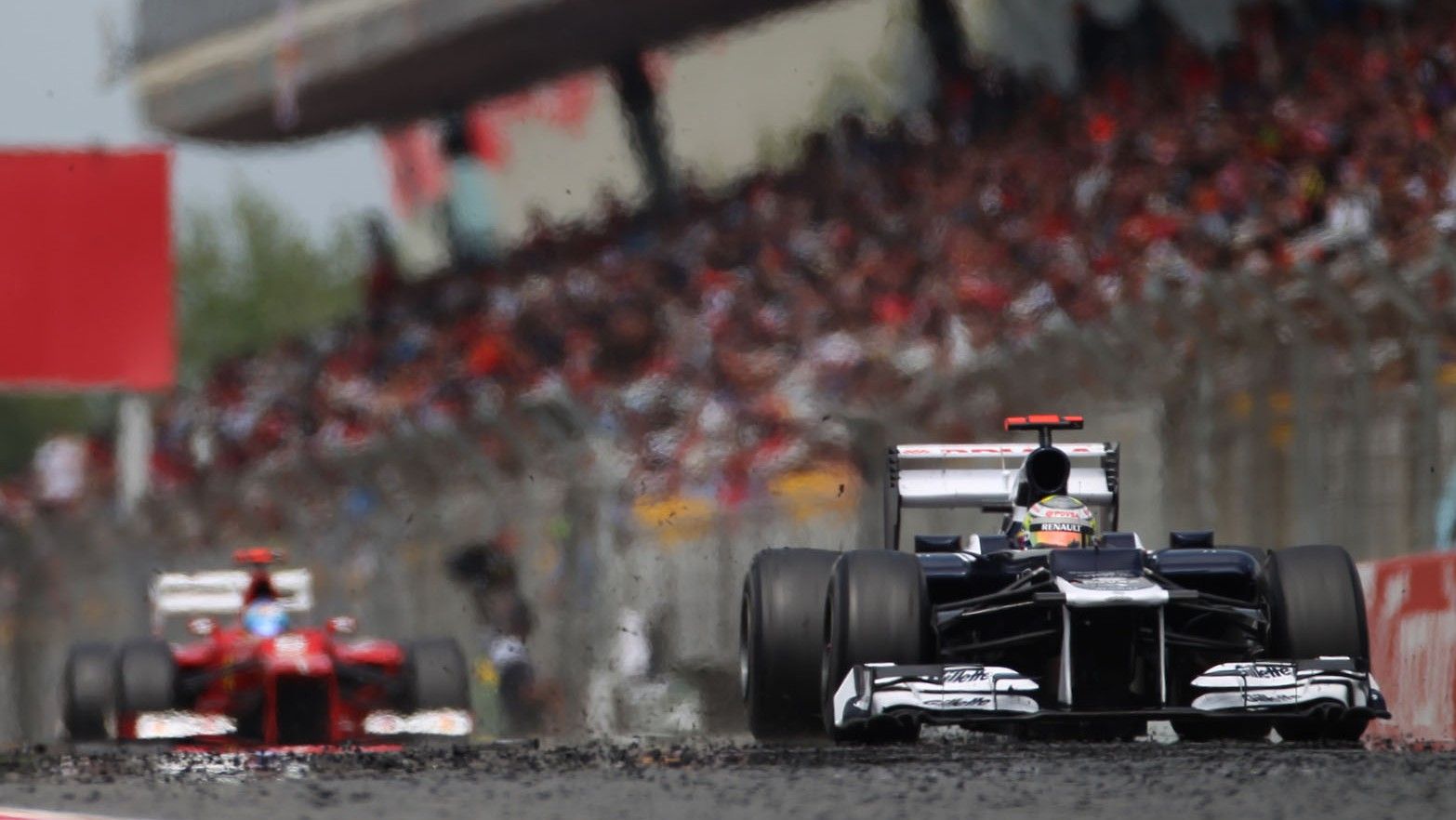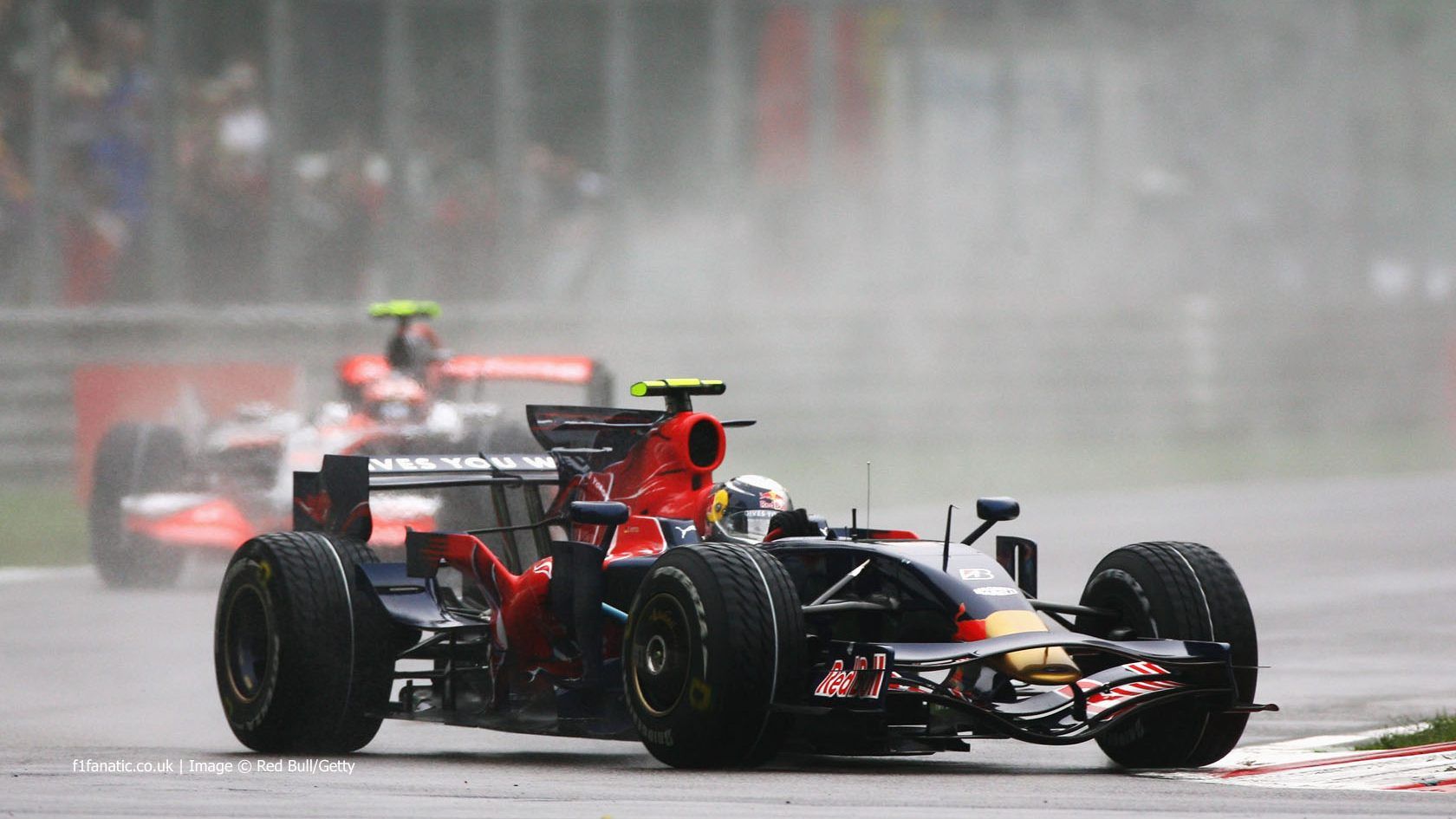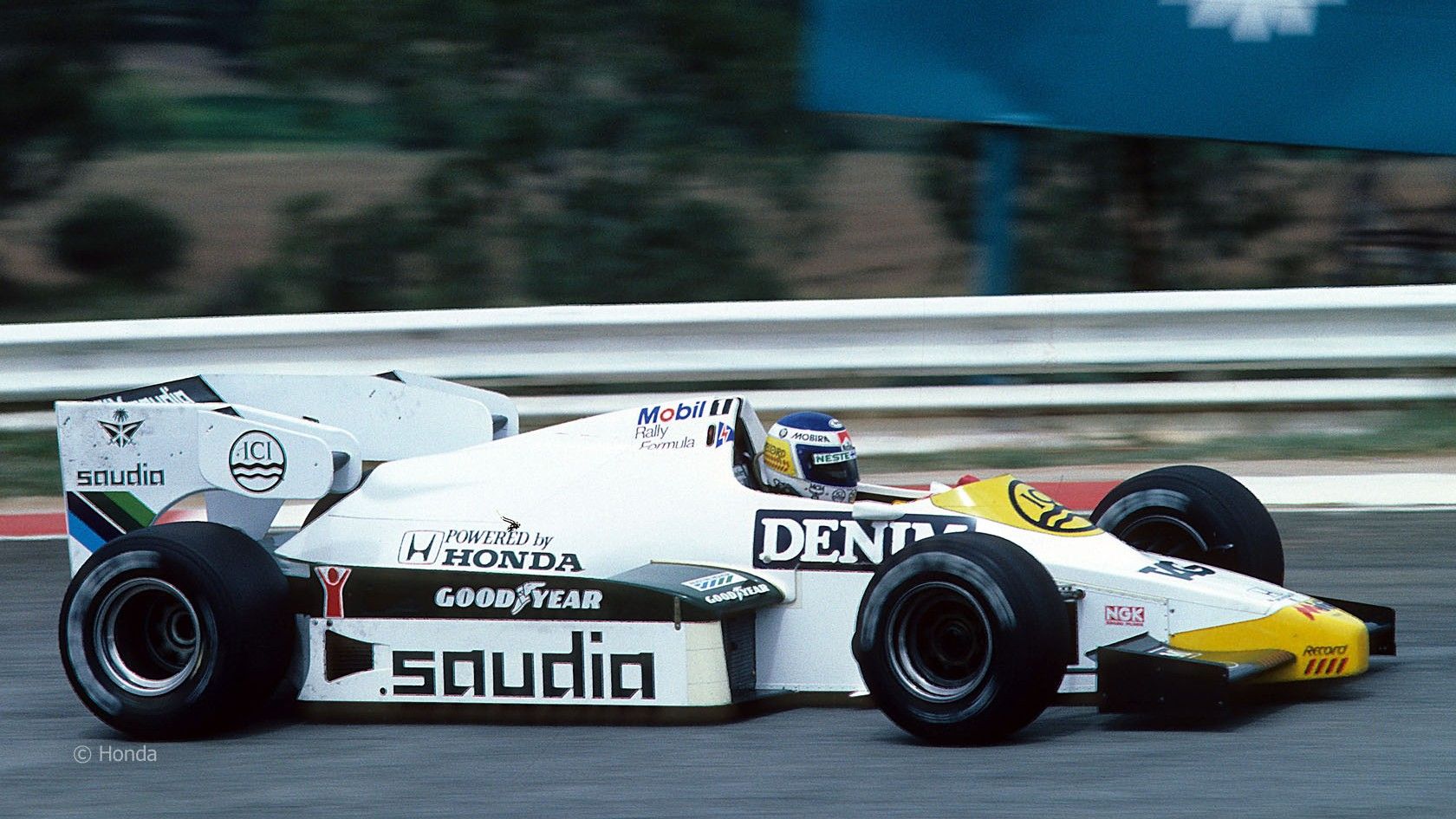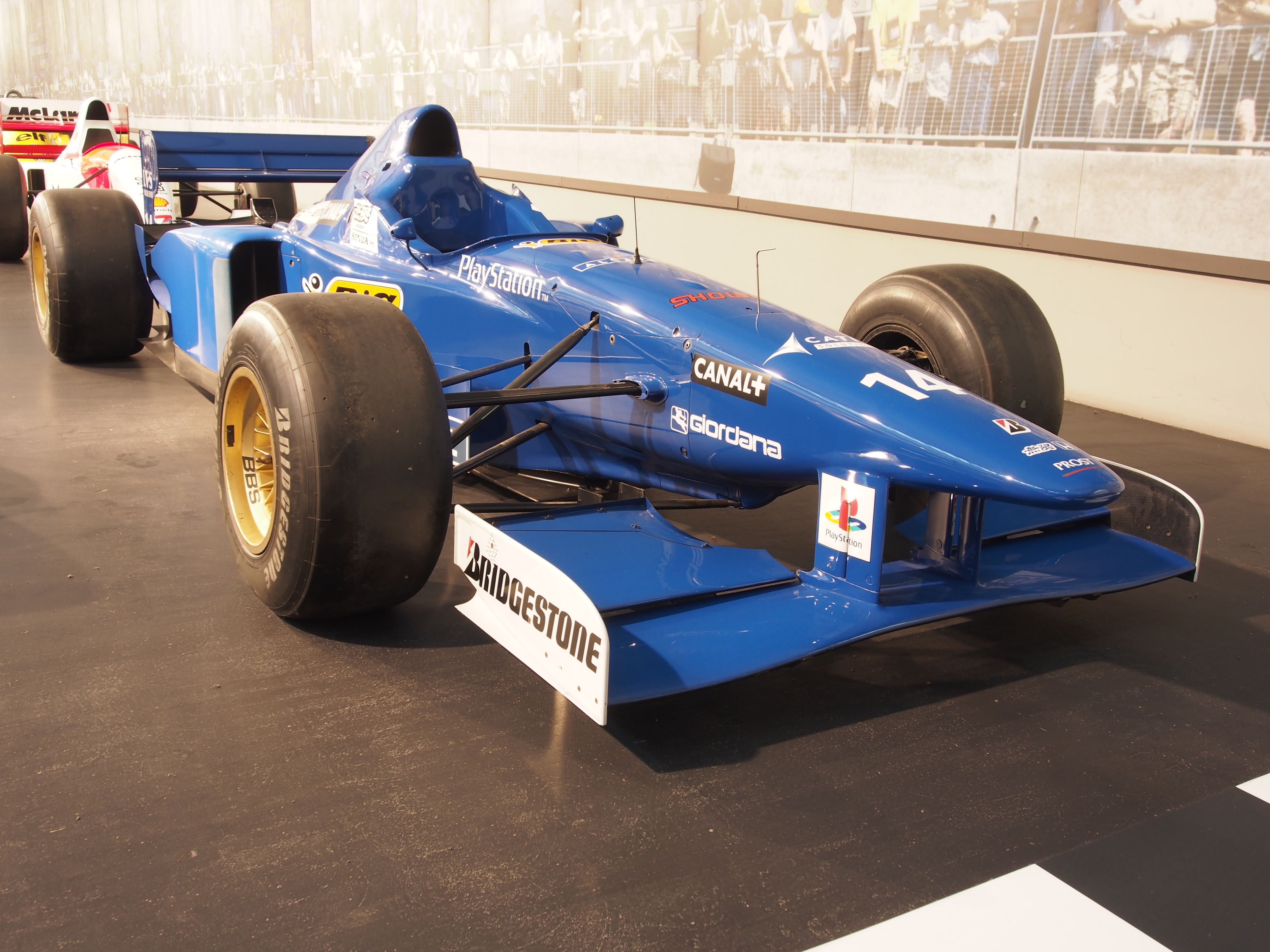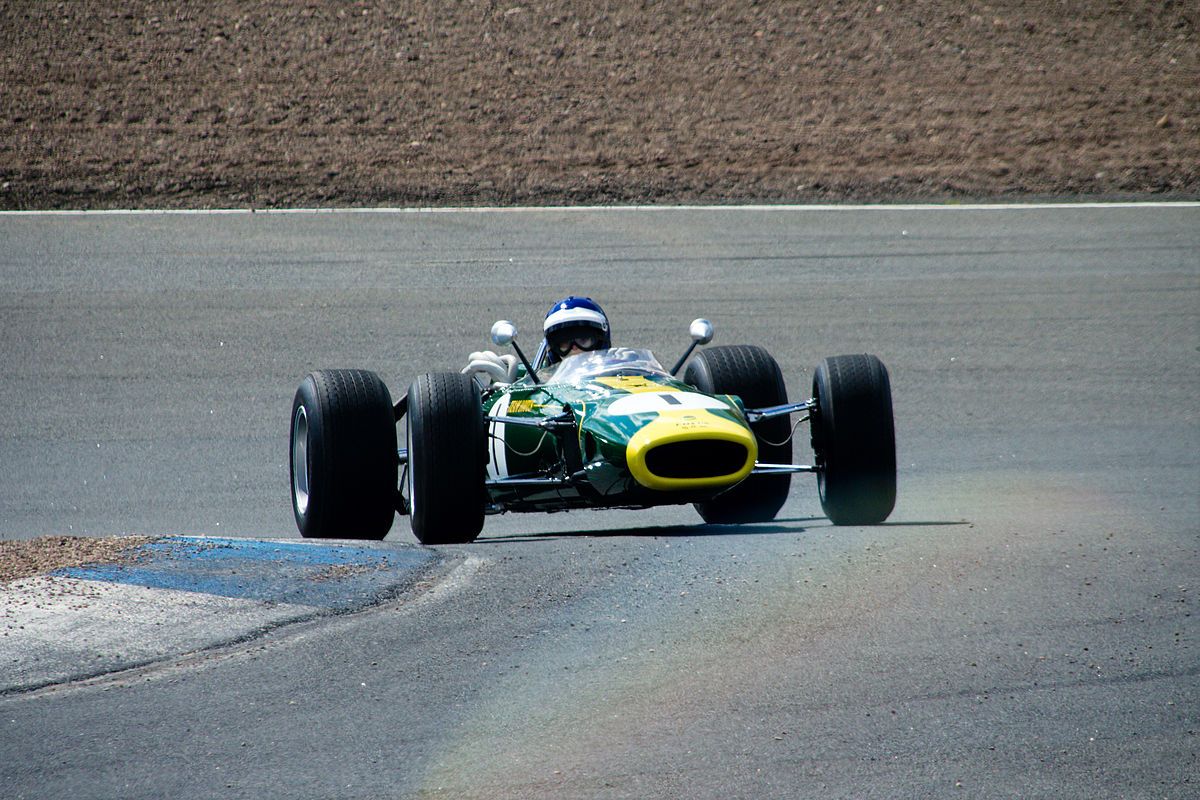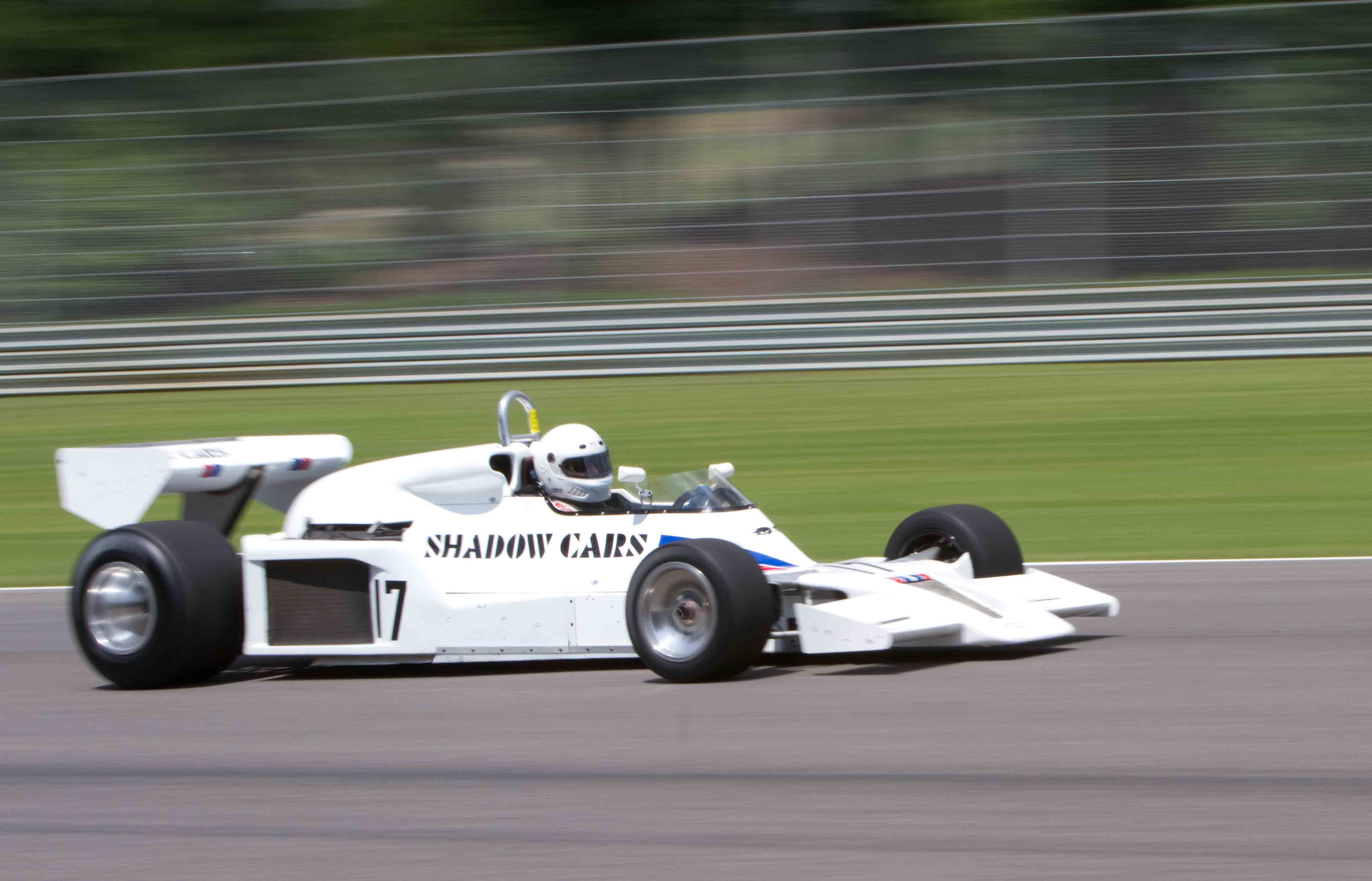This year of Formula One has in some ways been a little underwhelming. It’s certainly had its moments, no doubt, but, with Mercedes so head-and-shoulders above the rest for most of the season, there really hasn’t been much question as to who would win the Constructors’ Cup (or the Drivers’ Cup for that matter; Bottas can’t touch Hamilton).
We’re going to look back at some of the most exciting and unexpected underdog moments of Formula One history. Here are 10 terrible Formula One cars that still ended up winning races.
10 Lotus 49 - 1967 United States Grand Prix
The P75 engine, while being respectably powerful, was also notoriously fragile. This car probably held Jim Clark back from taking a third championship. In spite of this, it was due to Jim Clark’s undeniable driving abilities that the Lotus 49 scored a win at Watkins Glen.
Not only this, but the car was one of only six to finish the race that day. Clark would go on to win again in Mexico and Africa (securing the most Grand Prix wins ever at the time). Unfortunately, the season would prove to be fraught for Clark; he finished third.
9 Ferrari F60 - 2009 Belgian Grand Prix
Throughout history, Ferrari's tendency to do things differently from the rest of the pack has had as much a tendency of landing them in hot water as on the podium. The 2009 season was a hot water occasion. New regulations had been put in place, allowing for double-deck diffusers to be used on the cars.
Ferrari disagreed with the regulation and decided to opt-out of it for the F60, causing a vast disadvantage. It took a legend like Kimi Räikkönen (and the luck of a well-placed safety car) to make a win possible (Ferrari's only win of the season).
8 Williams FW34 - 2012 Spanish Grand Prix
It's easy for new fans of Formula One to forget just how great Williams once were. They are still one of only three teams to have won over 100 races (the other two being Ferrari and McLaren). Unfortunately, these days they can usually be found at the bottom of the scoreboard.
They haven't won a race since 2004... except in 2012 at Catalunya. It isn't really clear how this happened; the FW34 hovered around last place all season (the second highest placing was only 5th). It was Maldonado's only win and only podium finish.
7 Toro Rosso STR3 - 2008 Italian Grand Prix
Toro Rosso is basically Red Bull's B-Team; it's usually used for testing out new talent and therefore not as heavily invested in as their main team. However, a young Sebastian Vettel achieved the unthinkable at Monza in 2008.
The STR3 was basically the same as Red Bull's car but with an inferior engine. Calling this a terrible car is perhaps a little unfair considering the engineers did an impressive job with what little they had. To this day, this is still Toro Rosso's one and only F1 win.
6 Williams FW09 - 1983 Monaco Grand Prix
The FW09 struggled to finish most of its races for the 83 season. It was Williams' first attempt at a turbo-powered engine, and the car just could not handle the abrasive power of the Honda V6. The tight corners of the Monaco circuit played a rather large role in the outcome of this particular race. Over half of the drivers ended the race in the walls, including the Renault favorite Alain Prost. Keke Rosberg was more careful than his competitors, and at the end of the day, that was enough.
5 Ligier JS43 - 1996 Monaco Grand Prix
The 1996 Monaco Grand Prix is a notorious race. The Monaco circuit can be treacherous at the best of times, and the wet weather in 1996 made it almost impossible. This race set the record for fewest cars to still be running at the end of the race (three).
On average, the JS43 was the seventh fastest car of the season. Panis only qualified for 14th on the grid but had the fastest warm-up time on the day. It was his one and only grand prix win and Ligier's last as they retired from Formula One the following year.
4 Ferrari 625 - 1955 Monaco Grand Prix
This win, perhaps more than any others on this list, can be chalked up to luck. Not even necessarily good luck for Ferrari driver, Maurice Trintignant, but more so from the bad luck of the season front-runners.
The 1955 season was dominated by the Mercedes W196 (with drivers Juan Fangio and Stirling Moss racking up nearly half of the championship's total points). Both Mercedes had transmission and engine problems. Next in line would have been Alberto Ascari's Lancia, but he crashed through chicane barriers, taking a dip in the harbor.
3 Lotus 43 - 1966 United States Grand Prix
Jim Clark returns to this list once again to remind us all that if the driver's good enough it doesn't matter about the car. The Lotus 43 retired almost every race it started in the 66 season (and were it not for Clark's undeniable driving, it might have actually been every race).
Clark's first engine broke on him at the end of qualifying, so he was forced to use a second-hand backup. Clark knew how to drive the car just right, however, ensuring that he applied only enough pressure as was necessary and scoring himself the win.
2 Shadow DN8 - 1977 Austrian Grand Prix
While the DN8 was known to score points here or there, it was never considered fast in comparison to the competition. In 1977, however, the wet conditions played to Alan Jones' advantage, allowing him to beat front runners Hunt and Lauda. The ceremony that followed is just as famous as the race itself. It was so unlikely Jones would win, that when he did the race organizers didn't have the Australian National Anthem ready to play during the podium celebrations, so they played the Happy Birthday song instead.
1 Jordan EJ13 - 2003 Brazilian Grand Prix
The 03 Brazilian Grand Prix was originally supposed to run for 71 laps, but wet conditions and multiple crashes led to the race being finished 15 laps early at 56. The EJ13 had, up until this point, been a decisively bad car. Right from the planning stages, the car's investment in aerodynamics was deeply flawed.
After finishing the race at Interlagos, there was initially some confusion as to the number of laps driver Giancarlo Fisichella had actually finished and Kimi Räikkönen was initially awarded the top podium spot. Amidst the confusion the EJ13 ended up catching fire in the pit lane.


